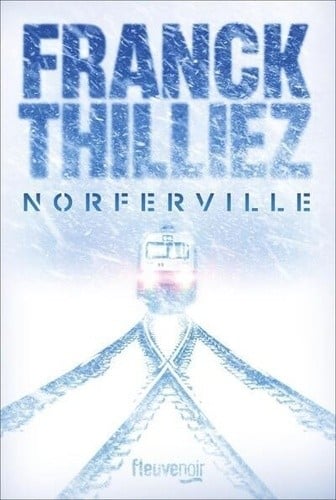En cours de chargement...
Developing Asp Components
40,00 €
Neuf
Définitivement indisponible
En librairie
Résumé
Microsoft's Active Server Pages (ASP) is a technology that is rapidly gaining in popularity. Part of the reason is its flexibility: the output of ASP scripts is most commonly HTML, which is included in the text stream returned to the client, making it a convenient way of creating browser-independent web content. But an additional reason-and one that will become more and more important over time, as web applications replace web pages-is its extensibility. And the Most effective way to extend ASP is to develop custom ASP components.
However, the techniques for developing custom ASP components, along with the snags and pitfalls you encounter while developing them, are not well documented. in addition, successfully developing ASP components; requires that you be a jack-of-all-trades: programming requires some knowledge of COM, threading models, and the ASP object model, as well as a mastery of one or more language tools and development environments.
That's where Developing ASP Components comes in. The first section of the book explores the following topics, which you need to understand to develop components for ASP effectively:
- The configuration of your ASP development environment.
- ASP components and the Component Object Model (COM).
- ASP components and threading models.
- ASP components and the Microsoft Transaction Server, which can be used to provide a variety of services to ASP components.
- The objects, properties, methods, and events available in the ASP object model.
Because more and more developers find themselves using more than a single language tool, the remaining three sections of the book focus on ASP component development using any of the three major development tools: Microsoft Visual Basic, Microsoft Visual C++ and the ActiveX Template Library (AU), and Microsoft J++. Each section carefully focuses on the issues that concern the ASP component developer using that particular development environment. These include:
- Accessing ASP's intrinsic objects.
- Accessing data using either OLE DB (in the case of C++) or ADO (in the case of VB and J++).
- Creating n-tier web applications with VB.
- Handling persistence using MFC along with Visual C++/ATL.
- Accessing native code (the Windows libraries, which are written in C) from J++.
Thorough coverage of the background information needed to develop ASP components, and a focus on component development in each of three major development environments, makes Developing ASP Components the definitive resource for ASP application and component developers.
Sommaire
- INTRODUCTION
- Writing ASP Components
- Setting Up and Maintaining the ASP Development Environment
- ASP Components and COM
- ASP Components and Threads
- Components, Transactions, and the Microsoft Transaction Server
- Overview of the Intrinsic (Built-in) Objects
- DEVELOPING ASP COMPONENTS WITH VISUAL BASIC
- Creating a Simple Visual Basic ASP Component
- The Visual Basic Built-in Object Interfaces
- Creating VB Data Access Components
- Creating N-Tier ASP Components Using Visual Basic
- DEVELOPING ASP COMPONENTS WITH VISUAL C++
- Creating a Simple C++ ASP Component
- The C++ ASP Built-in Interfaces
- Integrating Data Access in C++ ASP Components with OLE DB
- Persistence with ASP Components Using ATL and MFC
- DEVELOPING ASP COMPONENTS WITH VISUAL J++
- Creating a Simple Java Component
- The Java Interfaces
- Integrating Java ASP Components with ADO and MTS
- Java ASP Components and Jdirect, Native Code, and Marshaling
Caractéristiques
-
Date de parution03/09/1999
-
Editeur
-
ISBN1-56592-446-0
-
EAN9781565924468
-
PrésentationBroché
-
Nb. de pages490 pages
-
Poids0.825 Kg
-
Dimensions18,0 cm × 23,3 cm × 2,6 cm
Avis libraires et clients
Avis audio
Écoutez ce qu'en disent nos libraires !





